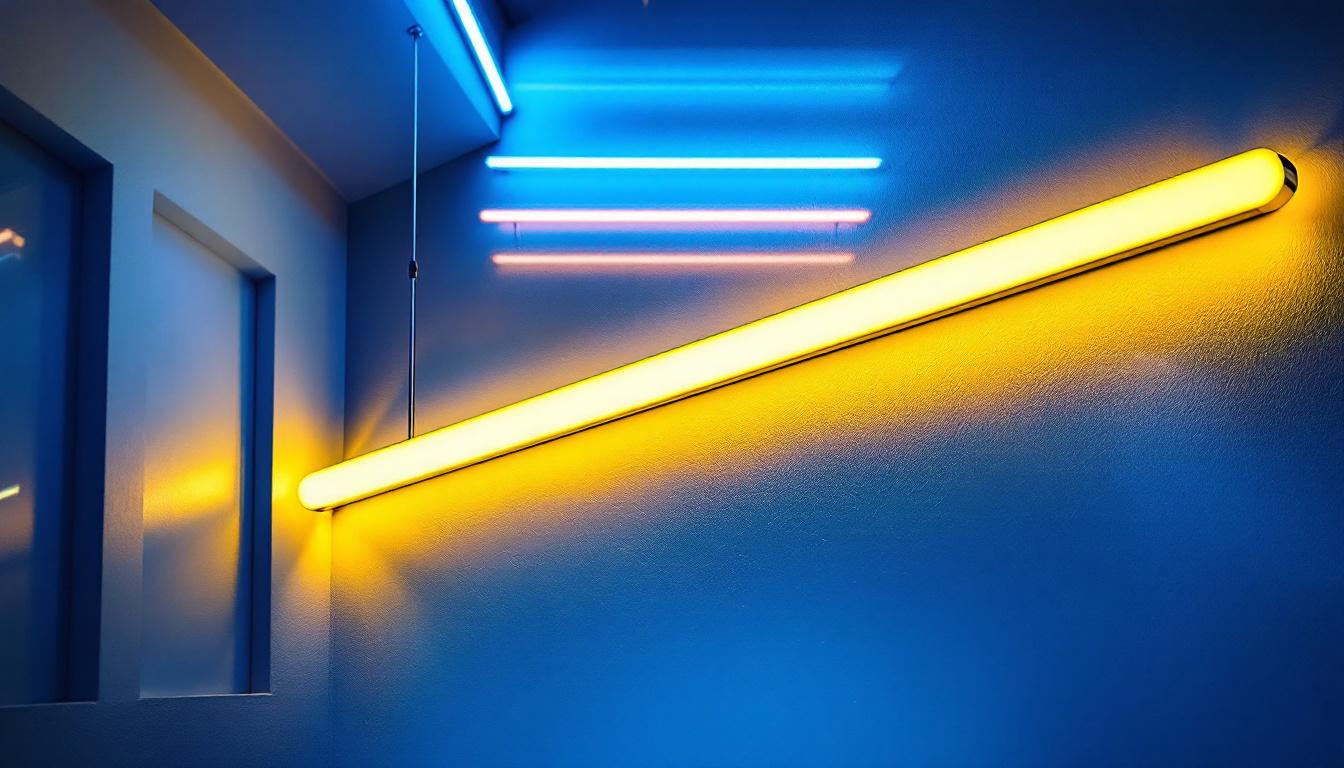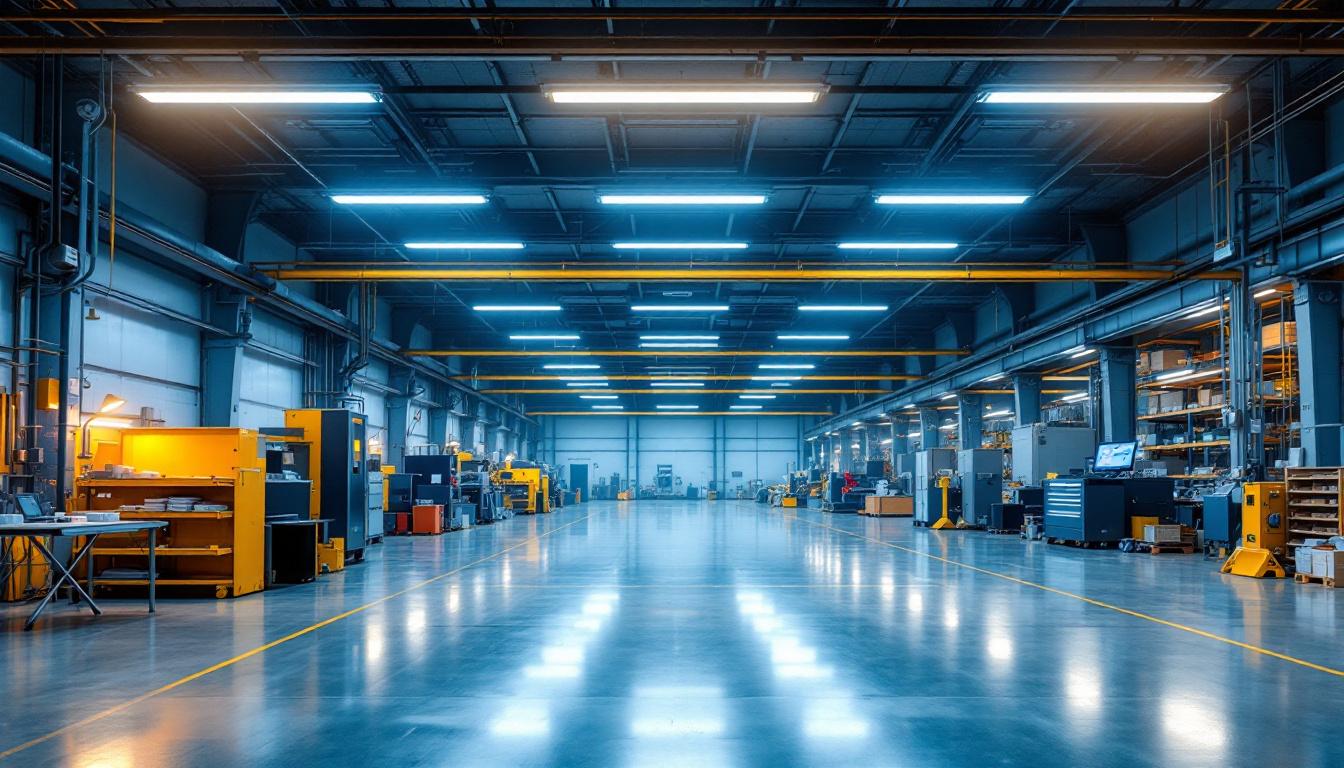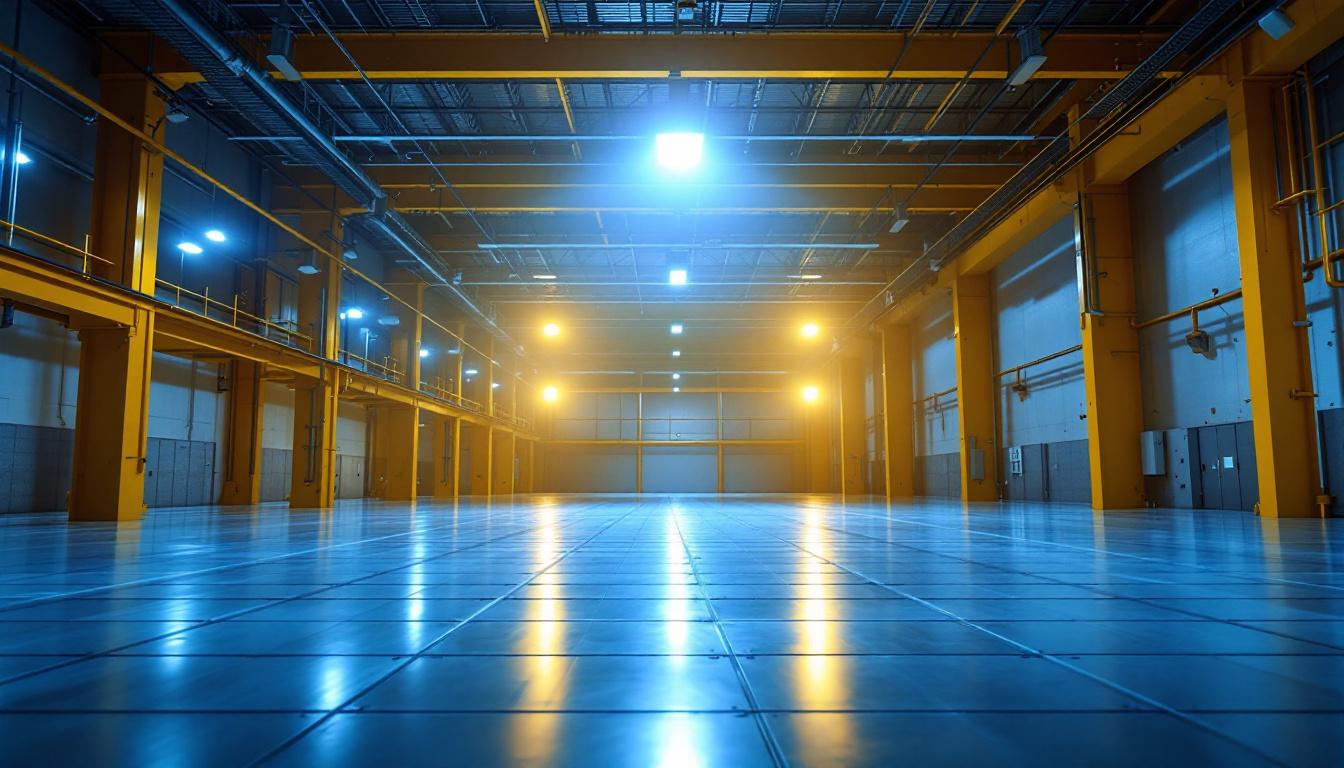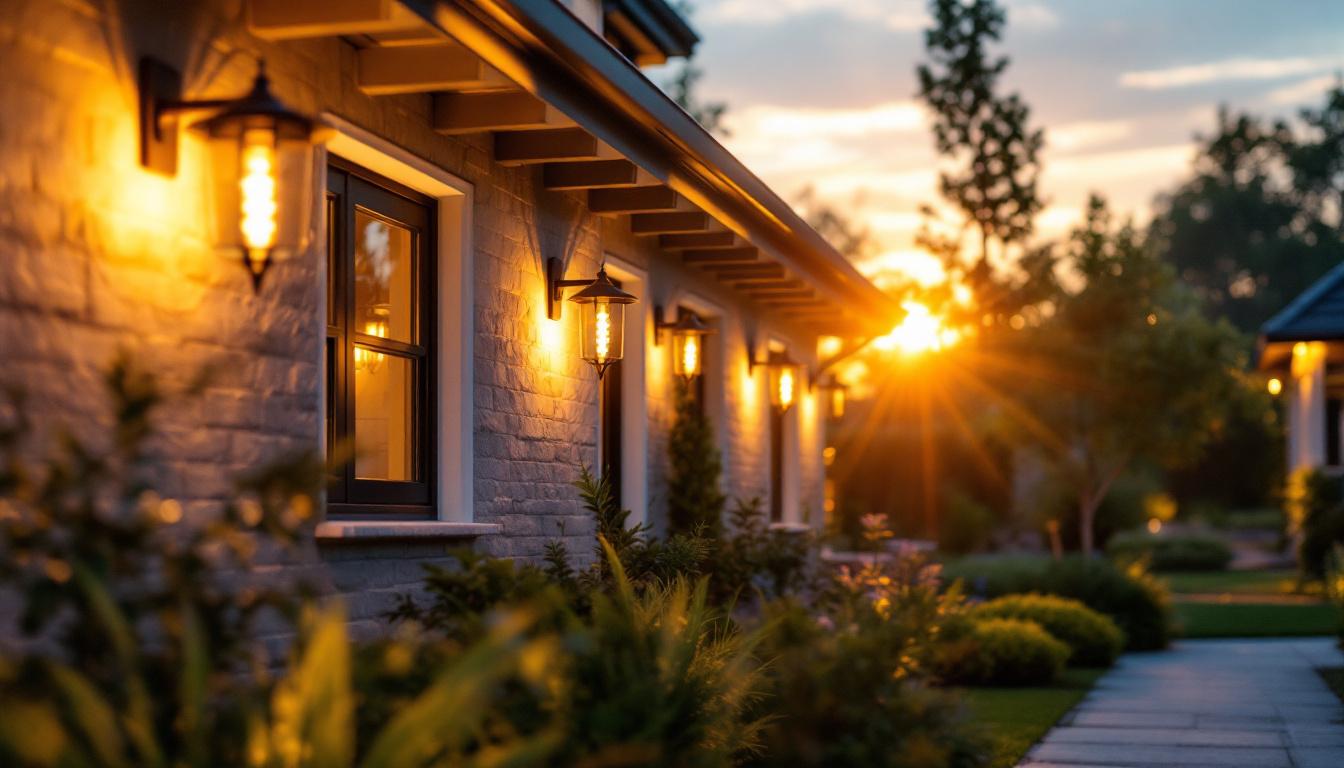
In the realm of lighting design, fluorescent tubes have long been a staple, providing efficient and versatile solutions for a variety of applications. As technology continues to evolve, these tubes are undergoing significant transformations, paving the way for innovative designs and installation techniques. This article explores the future of fluorescent tube lighting, focusing on advancements, applications, and the benefits they offer to lighting contractors.
Fluorescent tubes have been around for decades, initially celebrated for their energy efficiency and longevity compared to incandescent bulbs. However, with the advent of LED technology, the fluorescent tube faced stiff competition. Despite this, recent developments have breathed new life into fluorescent lighting, making it a relevant choice in modern design.
Recent advancements in fluorescent technology have led to the development of high-efficiency tubes that consume less energy while providing brighter illumination. These tubes now feature improved phosphor coatings and electronic ballasts, which enhance their performance and lifespan. Additionally, the introduction of dimmable fluorescent tubes allows for greater control over lighting levels, catering to diverse environments and user preferences. Furthermore, some manufacturers have begun to incorporate smart technology into fluorescent lighting, enabling integration with home automation systems. This allows users to control their lighting remotely, set schedules, and even adjust color temperatures to suit various activities throughout the day.
The design of fluorescent tubes has also evolved significantly. Manufacturers are now producing sleek, aesthetically pleasing options that can seamlessly integrate into various architectural styles. From minimalist designs to colorful options, the versatility of fluorescent tubes allows lighting contractors to create unique and engaging atmospheres in commercial and residential spaces. In addition to traditional linear shapes, new forms such as circular and U-shaped tubes have emerged, providing even more flexibility in design. These innovative shapes not only enhance visual appeal but also maximize light distribution, making them ideal for both functional and decorative applications. Moreover, the ability to customize colors and finishes means that fluorescent tubes can be tailored to match interior decor, further solidifying their place in contemporary design.
Fluorescent tubes are not only practical but also versatile, making them suitable for a wide range of applications. Their adaptability allows lighting contractors to utilize them in various settings, enhancing both functionality and aesthetics.
In commercial environments, fluorescent tubes are often used in offices, retail stores, and warehouses. Their energy efficiency translates to lower operating costs, making them an attractive option for businesses. Moreover, the ability to customize color temperatures enables contractors to create specific moods, whether it’s a bright, energizing atmosphere in a retail space or a more subdued, calming environment in an office. The long lifespan of fluorescent tubes also means that businesses can reduce maintenance costs, as they do not need to be replaced as frequently as traditional incandescent bulbs. This reliability is particularly beneficial in high-ceiling areas like warehouses, where changing bulbs can be a cumbersome and costly task.
Fluorescent tubes are increasingly finding their way into residential applications as well. Homeowners are opting for these energy-efficient solutions in kitchens, garages, and basements. With the rise of smart home technology, integrating fluorescent tubes with smart systems allows for automated lighting control, enhancing convenience and energy savings. Furthermore, the sleek design of many modern fluorescent fixtures complements contemporary home decor, making them not just functional but also stylish. In addition, the ability to dim fluorescent lighting can help create a cozy atmosphere for family gatherings or movie nights, showcasing their versatility in various home settings.
Certain specialized environments, such as laboratories and hospitals, benefit greatly from fluorescent tube lighting. The ability to provide consistent, high-quality illumination is crucial in these settings, where precision is paramount. Additionally, some fluorescent tubes are designed to be resistant to harsh conditions, making them ideal for industrial applications. In laboratories, for instance, the use of specific wavelengths of light can aid in various scientific processes, while in hospitals, bright, white lighting is essential for ensuring that medical professionals can perform their duties effectively. Moreover, the introduction of antimicrobial coatings on some fluorescent tubes helps maintain hygiene standards in sensitive environments, reducing the risk of contamination and promoting a safer atmosphere for both patients and staff.
The benefits of fluorescent tube lighting extend beyond mere illumination. For lighting contractors, understanding these advantages can help in making informed decisions for their projects.
One of the most significant benefits of fluorescent tubes is their energy efficiency. Compared to traditional incandescent bulbs, fluorescent tubes consume significantly less energy while providing the same amount of light. This efficiency not only reduces electricity bills but also contributes to a lower carbon footprint, aligning with the growing emphasis on sustainability in the lighting industry. Moreover, the reduced energy consumption means that less strain is placed on power grids, which can be particularly beneficial in areas where energy resources are limited or where demand is high.
Fluorescent tubes are known for their long lifespan, often lasting up to 20,000 hours or more. This longevity reduces the frequency of replacements, resulting in lower maintenance costs for both contractors and end-users. Additionally, the reduced need for disposal minimizes environmental impact, making fluorescent tubes a responsible choice for lighting design. Furthermore, the extended lifespan of these tubes means that they are less likely to fail unexpectedly, which is especially advantageous in commercial settings where downtime can lead to significant financial losses. This reliability ensures that businesses can maintain a consistent and effective lighting environment.
Fluorescent tubes are available in a variety of color temperatures, allowing for tailored lighting solutions. Whether a warm glow is desired for a cozy atmosphere or a cool, bright light for a workspace, contractors can choose the appropriate tubes to meet specific needs. This versatility enhances the overall design and functionality of the space. Additionally, the ability to select from various color rendering indexes (CRI) means that fluorescent lighting can be optimized for specific tasks, such as color matching in retail environments or providing the right ambiance in hospitality venues. This adaptability not only improves the aesthetic appeal of a space but also enhances productivity and comfort for occupants.
While fluorescent tubes offer numerous benefits, proper installation is crucial to maximizing their performance and lifespan. Lighting contractors must be aware of several key factors to ensure successful installation.
Not all fixtures are compatible with fluorescent tubes, so it’s essential to verify compatibility before installation. Contractors should consider the type of ballast required and ensure that the fixture can accommodate the specific fluorescent tube being used. This attention to detail helps prevent issues such as flickering or reduced efficiency. Additionally, the choice of ballast—whether it’s electronic or magnetic—can significantly affect the overall energy consumption and performance of the lighting system. Electronic ballasts are generally more efficient and can provide better light quality, which is an important consideration for environments where visual clarity is paramount.
Proper placement and spacing of fluorescent tubes are critical for achieving optimal lighting. Contractors should consider the layout of the space and the intended use when determining the placement of fixtures. For example, in a workspace, tubes should be positioned to minimize shadows and provide even illumination across work surfaces. Furthermore, the height at which the tubes are installed can also influence the quality of light. Installing tubes too high may lead to insufficient illumination, while too low can cause glare. It’s also advisable to assess the color temperature of the tubes, as different temperatures can affect mood and productivity. Warmer tones may create a cozy atmosphere, while cooler tones can enhance alertness and focus, making the choice of fluorescent tubes an integral part of the overall design strategy.
As the lighting industry continues to evolve, fluorescent tubes are likely to remain a relevant and valuable option for contractors. With ongoing research and development, the future of fluorescent lighting holds exciting possibilities.
The integration of fluorescent tubes with smart technology is poised to revolutionize lighting design. Smart controls allow for automated adjustments based on occupancy, time of day, or specific tasks, enhancing energy efficiency and user experience. Contractors who embrace these technologies will be better equipped to meet the demands of modern clients.
As sustainability becomes increasingly important, the lighting industry is focusing on eco-friendly practices. Fluorescent tubes, particularly those designed with recyclable materials and reduced hazardous substances, align with this trend. Contractors can promote these environmentally responsible options to clients who prioritize sustainability in their projects.
Future innovations in fluorescent tube design may lead to even more versatile applications. From flexible tubes that can be shaped to fit unique spaces to advanced color-changing options, the possibilities are endless. Contractors who stay informed about these developments will be well-positioned to offer cutting-edge solutions to their clients.
Fluorescent tubes are far from obsolete; they are evolving and adapting to meet the needs of modern lighting design and installation. With their energy efficiency, longevity, and versatility, fluorescent tubes continue to be a valuable choice for lighting contractors. By embracing the advancements in technology and design, contractors can harness the potential of fluorescent lighting to create innovative and sustainable solutions for their clients.
As the lighting industry progresses, staying informed about the latest trends and technologies will be essential for contractors to remain competitive. The future of fluorescent tube lighting is bright, and those who recognize its potential will undoubtedly thrive in this dynamic field.
Ready to take your lighting designs to the next level? At LumenWholesale, we provide lighting contractors with the cutting-edge fluorescent tubes discussed in this article, ensuring you stay ahead in the ever-evolving world of lighting design. Our commitment to quality, affordability, and convenience means you get the best value in wholesale lighting without the hassle. Elevate your installations with our spec-grade products and enjoy the benefits of free shipping on bulk orders. Don’t settle for less—choose LumenWholesale for superior lighting solutions that shine. Discover our extensive selection and take advantage of unbeatable wholesale prices today by visiting Wholesale Lighting at the Best Value.

Discover how linear high bay lights can revolutionize your lighting projects by enhancing efficiency and performance.

Explore the innovative world of ceiling light outdoor solutions, where cutting-edge design meets advanced installation techniques.

Discover expert best practices for LED low bay light fixtures that enhance energy efficiency, reduce costs by up to 50%, and improve workspace safety—boost your lighting projects today!.

Discover the ultimate guide for lighting contractors with Powered Outdoor—gain expert insights, industry stats, and practical tips to elevate your outdoor lighting projects today!.